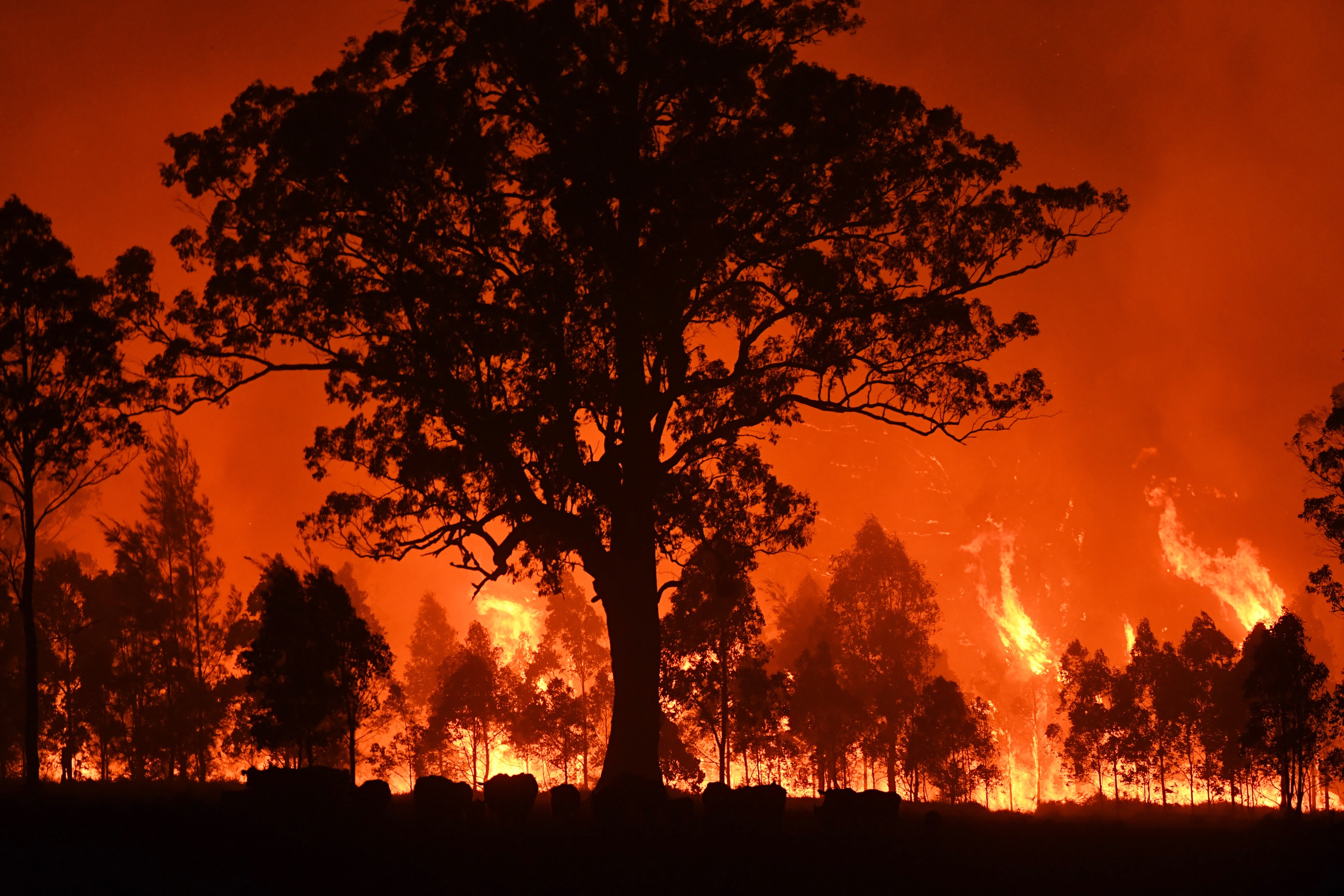Safeguarding Your Home: The Critical Duty of a BAL Report in Bushfire Preparedness
Safeguarding Your Home: The Critical Duty of a BAL Report in Bushfire Preparedness
Blog Article
Ensuring Bush Fire Protection With Proper BAL Report Evaluation
In the world of bush fire protection, the thorough analysis of Bushfire Assault Degree (BAL) records stands as a keystone for safeguarding buildings against the damaging impact of wildfires. With environmental factors and property characteristics playing substantial duties in establishing the level of threat, a detailed understanding of BAL rankings becomes critical.
Understanding Bushfire Attack Degree (BAL)
In the world of bushfire protection, comprehending the Bushfire Strike Level (BAL) is paramount for guaranteeing reliable mitigation strategies. Recognizing the BAL rating of a home is essential for residential or commercial property home builders, policymakers, and owners to carry out appropriate procedures to guard against bushfire threats.

Value of BAL Record Evaluation
An important facet in bushfire security planning includes the extensive evaluation of BAL records to assess the possible threats and establish appropriate reduction strategies. BAL reports offer essential information about the potential effect of bushfires on a home based upon numerous elements such as plants kind, distance to possible fire threats, and incline of the land. Assessing these reports with accuracy is critical in establishing effective bushfire protection actions tailored to the certain threat profile of a residential property.
Implementing Fire Protection Measures
Applying effective fire defense procedures is essential for safeguarding buildings in bushfire-prone locations. One of the primary means to enhance fire security is by developing defensible room around buildings. This involves clearing combustible plants, such as dry fallen leaves and branches, within a certain distance of the residential property. Furthermore, installing fireproof roof covering products can aid reduce the danger of coal sparking the roof during a bushfire. Properly kept seamless gutters and screens are likewise important to prevent particles build-up that could fuel a fire.
Moreover, having a properly maintained and ample water supply, such as a tank or pool, can assist firemens in their initiatives to secure the residential or commercial property. BAL Report. Generally, implementing a mix of these fire protection actions can dramatically enhance the chances of protecting buildings throughout bushfire occasions.
Mitigating Dangers in Fire-Prone Areas
To strengthen residential properties against bushfire risks, a critical emphasis on mitigating risks in fire-prone areas is imperative. Mitigating risks in fire-prone areas entails a detailed method that incorporates various procedures to reduce the chance and impact official website of bushfires. One important aspect of threat reduction is preserving defensible space around properties by getting rid of flammable plant life, ensuring adequate spacing between trees and frameworks, and utilizing fire-resistant landscaping practices. Furthermore, executing ember-proofing steps such as setting up steel mesh displays on windows and covering roofing system cavities can aid avoid ash assaults and reduce the risk of place fires.
In addition, creating or retrofitting buildings with fire-resistant products and guaranteeing appropriate upkeep of roofings, gutters, and exterior cladding can significantly boost the residential property's resilience to bushfires. Developing and exercising a bushfire emergency situation strategy with all residents, including discharge procedures and communication approaches, is additionally vital in mitigating dangers effectively. By taking on a positive technique to take the chance of mitigation in fire-prone locations, homeowner can much better shield their properties and boost overall bushfire preparedness.
Ensuring Home Security and Durability
Making certain the safety and security and strength of Clicking Here buildings in fire-prone locations calls for a steadfast dedication to robust preventative procedures and calculated planning. Residential property safety starts with implementing effective steps to minimize fire risks.
Resilience, on the other hand, entails the capability of a building to recuperate and stand up to from a bushfire. This can be improved via the installation of ash guards on vents and windows, making certain that access factors for cinders are reduced. Additionally, having a well-thought-out discharge strategy and practicing it on a regular basis can significantly boost residential or commercial property resilience. Teaming up with neighbors and regional fire authorities can also boost the security and durability of homes in fire-prone areas. By proactively attending to these aspects, property owners can much better secure their properties and loved ones from the danger of bushfires.
Verdict
Finally, making certain bushfire security through appropriate BAL record analysis is critical for recognizing the degree of danger presented by bushfires and carrying out necessary fire security steps. By minimizing risks in fire-prone locations and guaranteeing residential or commercial property safety and security and durability, areas and people can better prepare for and react to bushfire occasions. It is vital to focus on fire security actions to safeguard lives and building in these high-risk atmospheres.
In the realm of bush fire security, the meticulous evaluation of Bushfire Attack Level (BAL) records stands as a cornerstone for protecting residential properties against the terrible effect of wildfires (BAL Report). Recognizing the BAL rating of a property is critical for home investigate this site proprietors, contractors, and policymakers to execute proper measures to guard versus bushfire risks

BAL records provide critical info regarding the prospective impact of bushfires on a home based on numerous variables such as plant life kind, distance to prospective fire dangers, and slope of the land (BAL Report). Overall, executing a mix of these fire defense procedures can dramatically increase the opportunities of safeguarding homes throughout bushfire events
Report this page